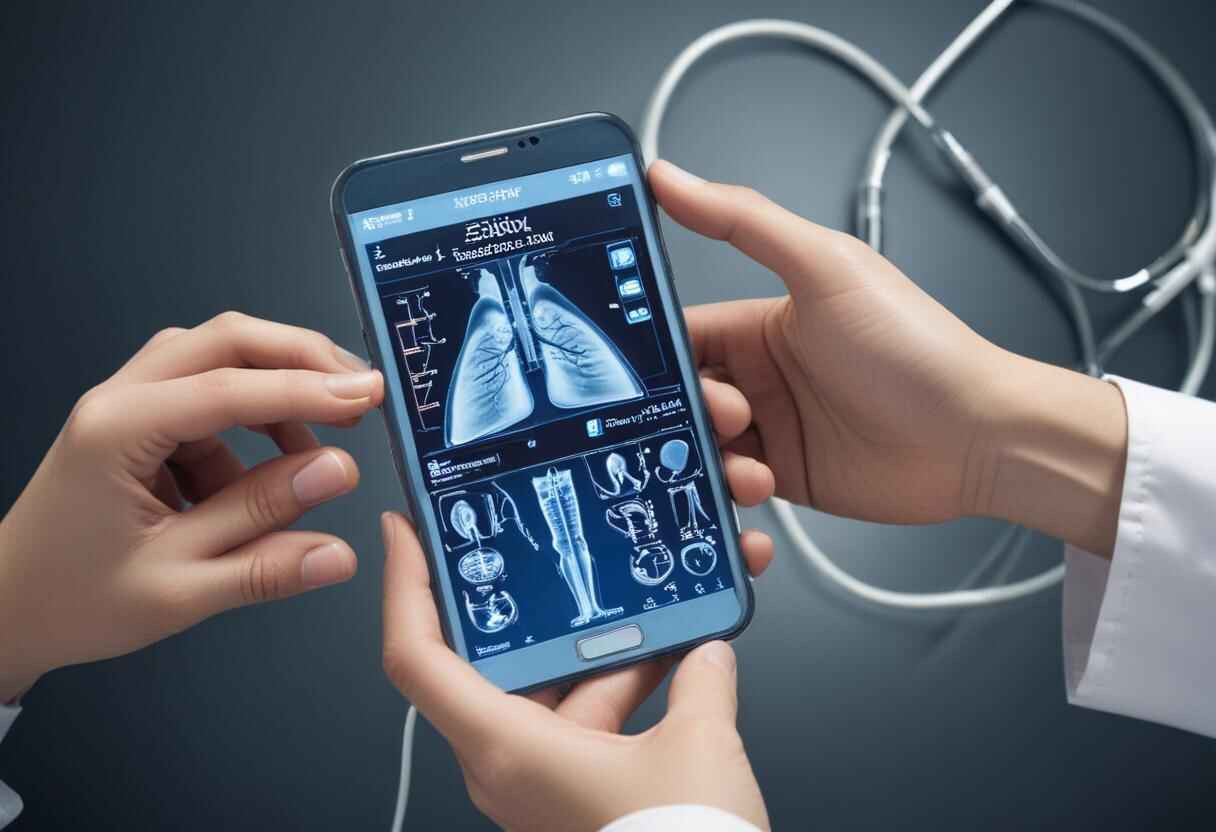Medical devices are crucial in healthcare, helping to diagnose, treat, and manage many health conditions. These devices range from simple bandages to complex imaging machines and life-support systems. They must meet strict safety standards to keep patients safe. As technology advances and devices become more complex, stronger safety measures are needed. This article looks at ways to improve medical device safety, including better regulations, new technologies, quality management systems, and working together with different stakeholders.
Strengthening Regulatory Frameworks
A strong set of rules is key to making sure medical devices are safe. Groups like the FDA, EMA, and other national agencies check that devices meet safety and effectiveness standards before they’re sold.
- Before Devices Are Sold: These agencies do thorough checks before devices hit the market. They run tests, like clinical trials, and assess risks to make sure new devices are safe and work well. This process needs to be strict but also quick, so new tech that helps patients isn’t held up.
- After Devices Are Sold: It’s important to keep an eye on devices once they’re out there. Systems for watching post-market should report problems, collect real-world info, and check devices regularly. Using advanced data tools and AI can help spot issues early.
- Making Rules the Same Everywhere: Having global rules that match up helps medical devices move between countries safely. Groups like IMDRF are working to align rules across different places, which stops repeat checks and encourages new ideas.
Leveraging Technological Advancements
New technologies can make medical devices safer by improving how they’re designed, made, and watched over.
- Artificial Intelligence and Machine Learning: AI and machine learning can predict when devices might fail or cause problems by looking at lots of data. They can also make diagnoses more accurate, personalize treatments, and make devices work better.
- Internet of Things (IoT): IoT lets medical devices connect to the internet to send and get data in real-time. This helps doctors watch patients closely and catch problems early, so they can act fast to keep patients safe and get better results.
- Blockchain Technology: Blockchain makes medical device supply chains safer and more open. It records every step and transaction, so it’s clear where devices came from and who handled them. This stops fake products from getting into the market and makes sure everything is traceable and reliable.
- 3D Printing: 3D printing lets us make medical devices that fit patients perfectly. This means less chance of mistakes and safer devices overall, because they’re made exactly right for each person’s needs.
Implementing Robust Quality Management Systems
Quality management systems (QMS) are crucial for keeping medical devices safe and reliable from start to finish.
- ISO 13485 Certification: Getting ISO 13485 certified means a company’s QMS meets global standards for making medical devices. This certification focuses on managing risks, controlling designs, and always getting better, all of which are key for device safety.
- Risk Management: Being proactive about risk means finding possible dangers, figuring out how bad they could be, and fixing them before they cause problems. This should happen when designing and making devices, and even after they’re being used.
- Supplier Quality Management: Making sure parts from suppliers are good quality is really important. Having strict checks and keeping an eye on suppliers stops bad parts from getting into the making process.
- Training and Skills: Teaching employees who make and look after medical devices keeps everything safe. Knowing how to manage quality well and following rules helps make devices safer.
Enhancing Collaboration Among Stakeholders
Working together is key to making medical devices safer, involving makers, regulators, healthcare providers, and patients.
- Partnerships Between Makers and Healthcare Providers: When makers and healthcare providers work closely, they understand better how devices work in real situations. This teamwork can lead to new ideas that make devices safer and help patients more.
- Involving Patients: Patients know better how well devices work and how simple they are to use. Including patients when making and testing devices ensures they meet needs and work well, making them safer and more liked.
- Groups and Associations: Groups like AdvaMed and AAMI bring experts together to share what works better, new research, and safety info. They also speak up for changes in rules and making rules the same everywhere, which helps keep devices safe.
Emphasizing Human Factors and Usability Engineering
Human factors engineering focuses on making devices simple to use and lowering the chances of mistakes by users.
- User-Centered Design: Devices are easier to use when the people who will use them help design them. Testing prototypes in real situations early on finds problems with how simple they are to use.
- Training and Learning: Teaching healthcare providers and patients well about how to use and take care of devices is really important. Good instructions and hands-on practice stop mistakes.
- Getting Feedback: Letting users report problems and suggest ideas makes devices better over time. This keeps improving how devices work and what they can do.
Conclusion
To make medical devices safer, we need to use many different strategies. This includes strong rules, new technology, good ways to manage quality, and working closely together. By doing these things, the medical device industry can make sure new technologies are safe and work well, which helps patients get better care and results. As healthcare changes, focusing on safety and quality will always be crucial when making and using medical devices.
